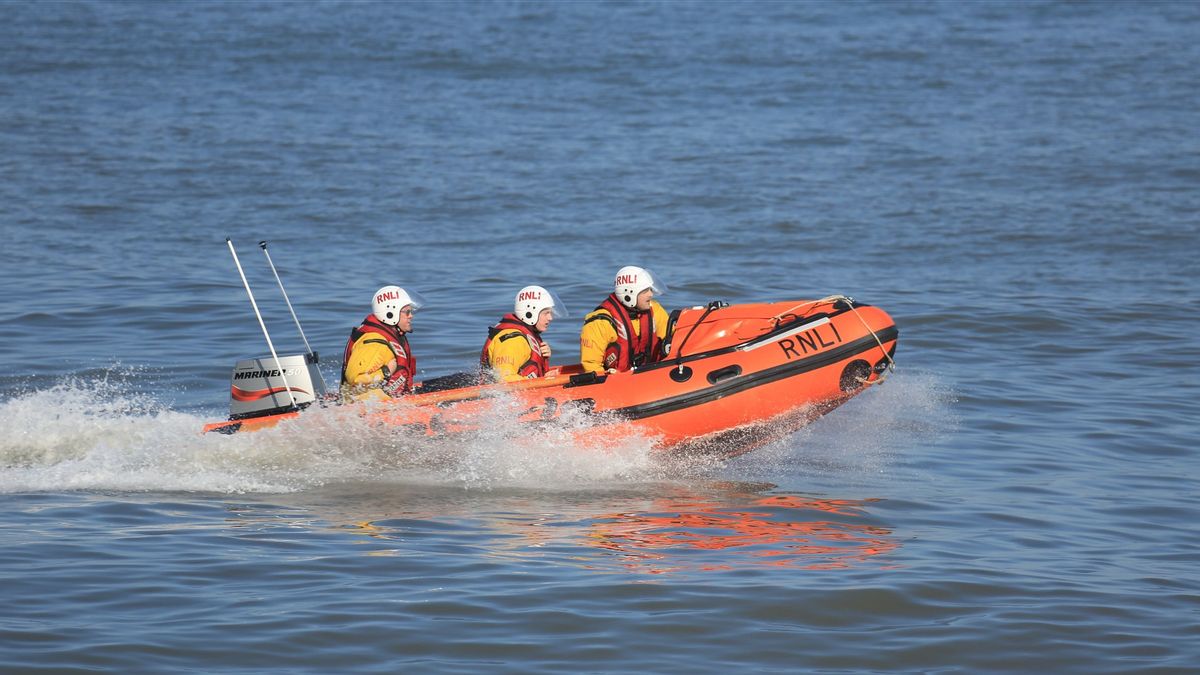JAKARTA - The most violent storm in the Bay of Bengal in this century, Typhoon Amphan, is estimated to paralyze millions of people in eastern India and Bangladesh. The authorities rushed to carry out a mass evacuation away from the route of Typhoon Amphan, which is the second "super typhoon" to form in the northeast Indian Ocean, reported The Guardian.
However, the evacuation effort was slightly hampered by strict precautions to protect it from the spread of COVID-19. The number of COVID-19 cases in these two countries is known to continue to increase. Thousands of workers on the streets are also trying to return home from major cities after the national lockdown destroyed their livelihoods.
Monitoring from space shows that wind speeds of up to 240 km / h (150 mph), the equivalent of a category four hurricane. It is thought to have dwindled slightly before crossing the West Bengal Coast, but still strong enough to cause large-scale and extensive damage.
India's Weather Monitoring Agency also predicts there will be storm surges as high as 10 feet to 16 feet (three meters high). The waves can inundate muddy residences along the coast, uproot communication towers and submerge roads and railways.
The lowland coast of Bangladesh, where 30 million people live, and eastern India are regularly hit by hurricanes that have claimed the lives of hundreds of thousands in recent decades. In 1999, the eastern state of Odisha was hit by a powerful typhoon that killed nearly ten thousand people.
Eight years earlier, hurricanes, tornadoes and floods killed 139,000 people in Bangladesh. Bangladeshi authorities fear Typhoon Amphan will become the most powerful hurricane since Typhoon Sidr devastated the country in 2007, killing some 3,500 people and causing billions of dollars in damage.
Still, Bangladesh has been working to evacuate 2.2 million people to a safer place. Meanwhile, the West Bengal authorities evacuated another 300 thousand people.
Aid group Catholic Relief Services (CRS) said people faced a difficult choice, between challenging the typhoon and staying at home or moving to safer shelters but at risk of contracting the coronavirus.
Authorities in both countries say they are using extra protective space to reduce overcrowding. They also issued a mandatory rule to use masks and provide soap and hand sanitizers.
"We are also setting up a separate isolation room in the shelter for each infected patient," said Bangladesh Disaster Management Minister Enamur Rahman.
The UN world organization says emergency items such as food, tarpaulins and water purification tablets have been prepared. Meanwhile the authorities said the refugees would be moved to stronger buildings.
"Heavy rains, flooding, destruction of homes and farmland, will increase the likelihood of spreading the virus, especially in densely populated areas such as the refugee camps at Cox's Bazar," said ActionAid.
"It will also increase the number of lives and livelihoods that have been lost due to this pandemic," he said.
The English, Chinese, Japanese, Arabic, and French versions are automatically generated by the AI. So there may still be inaccuracies in translating, please always see Indonesian as our main language. (system supported by DigitalSiber.id)













